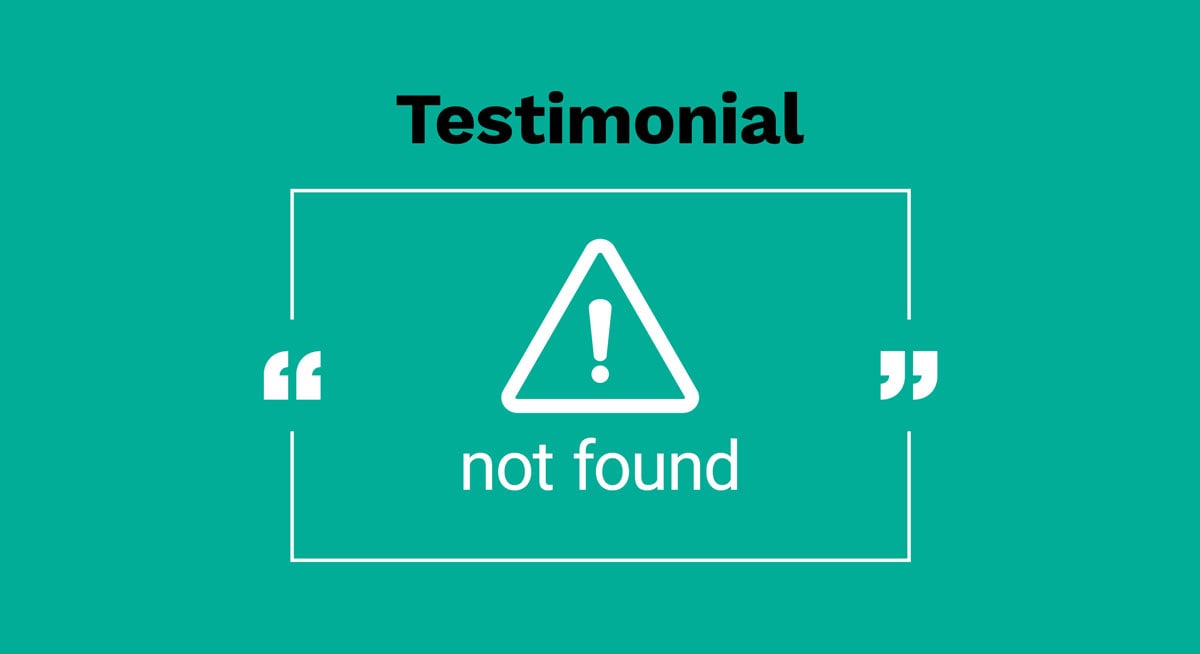Pivoting to Webinars as Event Schedules Change

June 1, 2020

As more and more live, in-person events are canceled or postponed, many companies have had to adjust their event schedules well into 2021. And while travel and gathering restrictions now vary between countries, states and counties, it will likely be a while before most people are allowed—or even willing to—convene at a public event.
As a result, more businesses are starting to embrace webinars, which also happen to be a very low-cost alternative—no facility or space rental, travel & entertainment costs, or booth design and construction. Location isn’t an issue either, as prospects can tune in from anywhere. Because of their high engagement rates, 73% of marketing and sales leaders say webinars are one of the best ways to generate high-quality leads—and that was before COVID-19!
Webinars aren’t just a short-term solution.
Webinars can have value for your business long beyond COVID-19. They can be repurposed in various ways to work across the entire customer journey as a valuable marketing and sales resource. Whether you use a webinar to demo a new product feature or provide thought leadership, they’re an effective way to build relationships and identify opportunities. And once you get a process for creating webinars in place, all future efforts are streamlined.
While nowhere near as time-consuming as putting together an entire conference or trade show presence, hosting a successful webinar still requires careful planning.
Let’s dive into the details on webinar hosting, and you can determine if it makes sense for your company.
What you need to get started
A specific and relevant topic
First, the purpose of your webinar must be clear. Meet with your colleagues or agency and ask some questions: What related topics stem from that canceled in-person event? Are you trying to connect with prospects or educate existing customers? Make sure the topic speaks to the interests of your audience and answers anticipated questions. The topic should be narrow enough that it can be covered well in 30 to 45 minutes. Above all, remember this isn’t a sales presentation. No one wants to be “sold,” especially in these times. Focus on educating your audience and providing helpful content that will build an ongoing relationship with participants.
Webinar software
There are many paid and free webinar software options. Some popular tools include GoToWebinar, Zoom, and WebinarJam. Evaluate the capabilities your webinars will need to find the best solution. How many people would likely attend, how many presenters will you have, and will it be live, pre-recorded, or a combination of both? Many solutions offer interactive elements such as live polls, surveys, "hand-raising" and chat, all of which are great for engagement.
When choosing a platform always ensure it is compatible with mobile streaming. And remember to record your webinar so it can be shared, added to your website and repurposed afterward.
Qualified and energetic presenter(s)
The speaker’s level of expertise and energy is the major “make it or break it” factor. In fact, 48% of attendees have said webinars were least enjoyable when there was a poor presenter. A monotonous presentation will lead to drop-offs and poor response rates in follow-up communications. The presenter needs the expertise to explain the topic well and answer questions and deliver the message in a personal and passionate manner. This will build trust and increase interest and engagement.
Engaging presentation deck
A well-designed slide deck is essential, as it provides the visual structure for your webinar and in some cases is the only visual. However, it’s crucial the slides don’t turn into a crutch for the presenter or distraction to the viewers. Text-heavy slides result in attendees reading and not listening. Remember, the big benefit of webinars is the opportunity for high engagement—your slides should encourage participation. Use slides to highlight only the most important information to ensure it’s memorable. Graphically, a clean and consistent brand image should be conveyed throughout.
A promotional and follow-up strategy
Promote the webinar on your website and through email and social media campaigns. Start promoting at least a month in advance, and send email reminders as the event gets closer. Thank-yous and other follow-ups—including the webinar recording link—are a must. Remember to ask for feedback so you can continue to improve your webinars going forward. Make sure all lead and webinar data are given to sales to ensure the best possible interaction during the follow-up phase. Many of your webinars can be repurposed on your website as an educational resource; creating a landing page will capture the prospect’s contact information prior to viewing.
As your company looks for ways to make up for canceled events, remember webinars are a great way to virtually engage with prospects and customers. When marketing and sales work together, effective webinars will open up many opportunities now and down the road.
Planning on hosting a webinar? See our 13 webinar tips for developing content, timing best practices and more!





